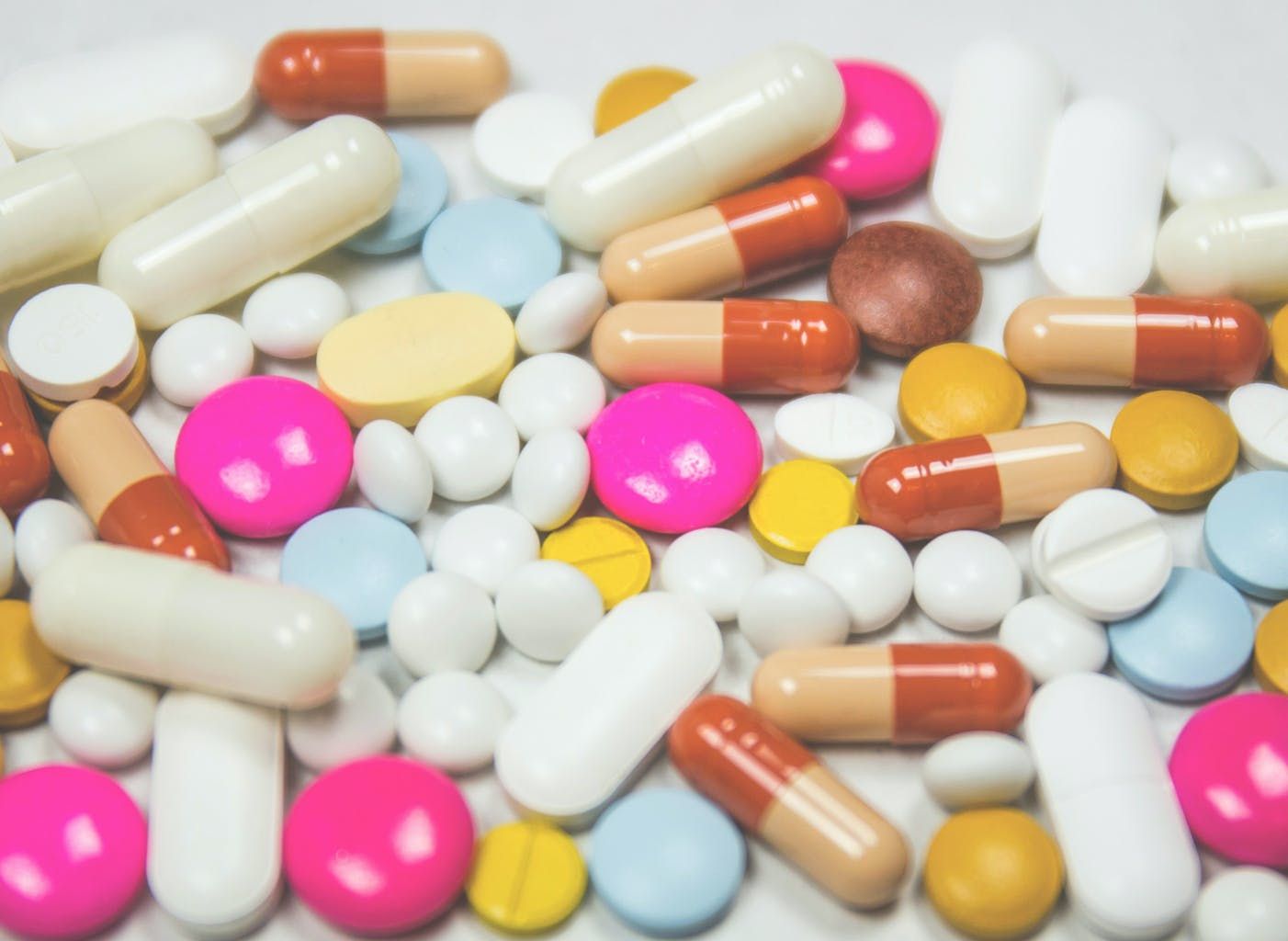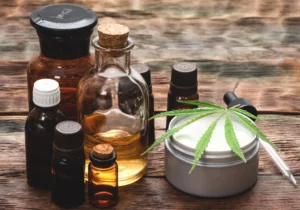Americans make up only about 5% of the world’s population, but use
more than 80% of the world’s supply of opioids—a class of powerful painkilling drugs that accounts for nearly 100 overdose deaths per day, outstripping all other accidental causes of death.
Statistics like these, say addiction experts, clearly prove that the country is in the grip of an opioid epidemic that demands immediate action to save lives. But the many plans and programs put forward to end the epidemic ignore the safe and effective solution to opioid abuse: offering pain sufferers a better way to manage their pain in the first place. For these patients, marijuana could be the “exit drug” from opioids that helps them avoid addiction.
FOLLOW US ON FACEBOOK & INSTAGRAM
No One’s Plan to Get Off Opioids Includes Marijuana
A recent New York Times op-ed presents a typical approach, outlining an eight-point plan with strategies such as improving treatment options, educating children about opioids and training doctors. Conspicuously absent though, was a mention of cannabis as a less addictive and much safer alternative for pain control.
That absence was so noticable, in fact, that HelloMD’s Chief Medical Officer Perry Solomon, wrote a letter to The Times taking issue with the column’s failure to mention marijuana as an “exit medication” from opioids. In that letter, Solomon cites HelloMD’s landmark study conducted with the University of California, Berkeley, in which 97% of patients were able to decrease opioids or stop using them altogether with cannabis. But even though pain management tops the long list of conditions that can be successfully treated with marijuana products, that option is left off the list of possible solutions to the crisis of opioid abuse.
What Are Opioids & Why Are They So Addictive?
“Opioids” is a general name for a group of powerful sedative
drugs that includes morphine; heroin; a large group of prescription medications such as OxyContin, Vicodin, and oxycodone; as well as a newer group of very strong synthetic opioids like fentanyl and carfentanil. These medications act by depressing activity in the central nervous system—and activating powerful responses in the brain’s pleasure and reward system.
This combination of effects makes it possible for opioids to deliver swift relief from pain, create a relaxing euphoria, but it also means they can easily become physically and psychologically addictive. Opioids can be deadly, too. When a person takes too much, or uses opioids in combination with other kinds of sedative drugs or alcohol, this can depress respiration and decrease breathing to fatal levels.
A Pain Epidemic Means More Prescriptions
It’s been said that Americans are also in the grip of a “pain epidemic.” Chronic pain is the leading cause of long-term disability in the U.S. About 25 million adults experience chronic pain—that is, pain every day for the preceding three months. And around 40 million experience pain that’s severe.
RELATED: CANNABIS HELPS REDUCE CHRONIC
PAIN
The causes of this pain varies widely, from surgical procedures to injuries to chronic health conditions such as arthritis. But whatever the cause, in many situations, a physician’s first move in treatment is to prescribe an opioid medication. And when patients can’t keep getting prescription opioids, they often turn to its cheaper alternative, heroin, which often comes laced with the far more potent fentanyl or carfentanil.
How Can Cannabis Help?
Cannabis contains over 100 compounds. The most abundant of these are delta-9 tetrahydrocannabinol, or THC, the ingredient responsible for feeling “high,” and cannabidiol, or CBD, which has no psychoactive effects at all. Separately or in combination, these compounds have shown promise in treating a variety of conditions, particularly chronic pain, thanks to their activity on the body’s network of natural cannabinoid receptors.
The human body contains natural receptors for both opioids and cannabis, but these receptors behave very differently—and that can help explain why cannabis can trump opioids for safer and more effective pain relief. Opioid receptors are located throughout the body, but they’re prevalent in the brain and central nervous system. This accounts for their ability to block pain messages and also to trigger powerful responses in the pleasure and reward system.
But cannabis receptors are found not only in the brain and nervous system, but also in nearly all tissues and organs. They form an extensive and multi-functional network called the endocannabinoid
system, which plays a role not only in regulating pain responses and mood, but also in managing immune responses, controlling inflammation and keeping all the body’s systems in balance. THC and CBD affect these cannabinoid receptors to produce relief from pain, anxiety and disorders such as fibromyalgia and migraines.
Though cannabis and opioids can create some similar outcomes—suppression of pain and, with THC, relaxation and euphoria—cannabis products are largely non-addictive. And because relatively few cannabinoid receptors are located in the brain stem, there’s little risk that a cannabis overdose could cause death by depressing respiration and heartbeat to dangerous levels.
Roadblocks Limit Access to Cannabis
The mainstream medical community has been slow to embrace cannabis as an opioid alternative. As both The New York Times editorial and Dr. Solomon’s letter point out, that may be due to lack of awareness—and also to a lack of research from sources doctors consider trustworthy.
Although numerous private sector and academic studies validate the use of cannabis for pain, fierce government opposition to marijuana research restricts access to cannabis for study and prohibits government-funded entities such as the Veterans Administration from even mentioning marijuana to patients.
In the next decade, opioid abuse may kill nearly half a million people—but an obvious solution remains conspicuous by its absence. In the old days, drug-fearing authorities labeled marijuana the “gateway drug” to harder substances. But today’s cannabis may turn out to be just the opposite—the “exit drug” that stops addiction in its tracks.
Photo credit: freestocks.org
If you’re new to cannabis and want to learn more, take a look at our Cannabis 101 post. HelloMD can help you get your medical marijuana recommendation; it’s easy, private and 100% online.






